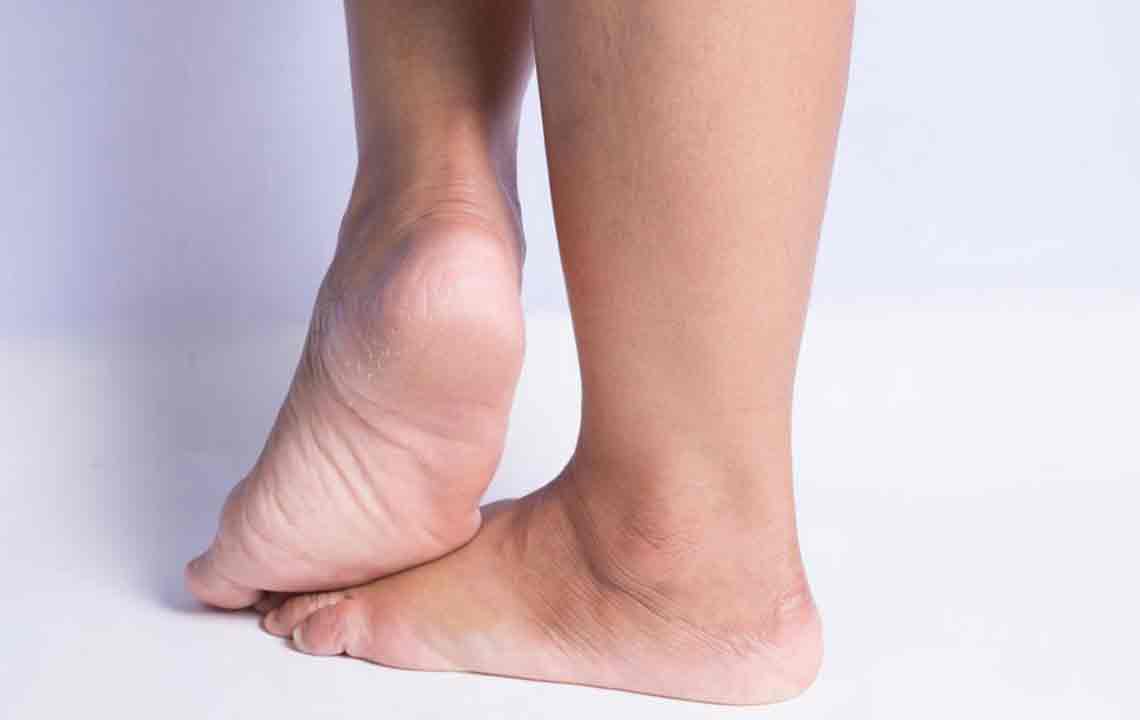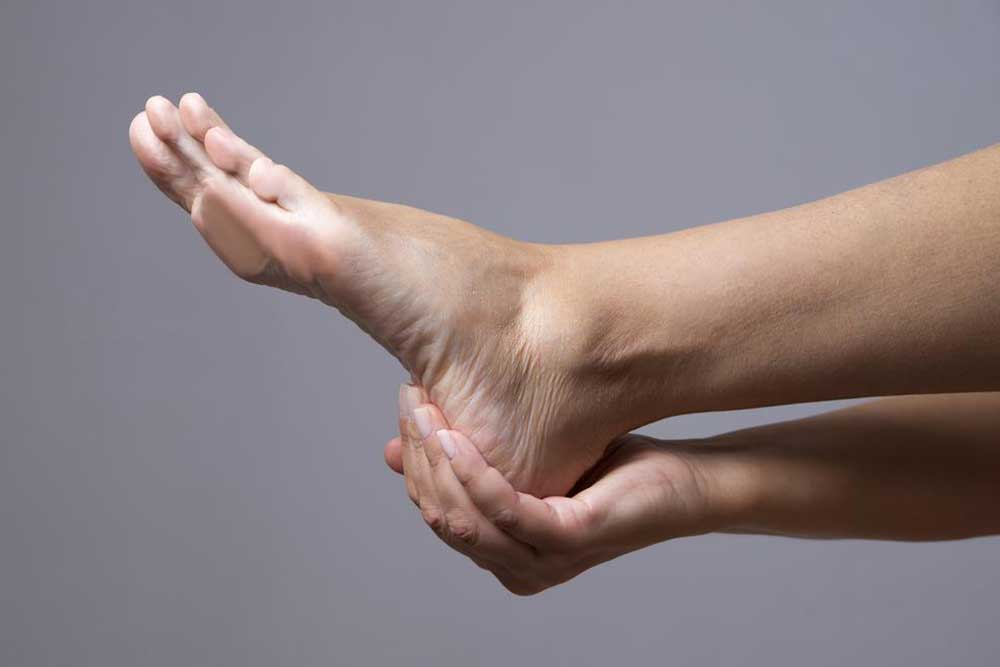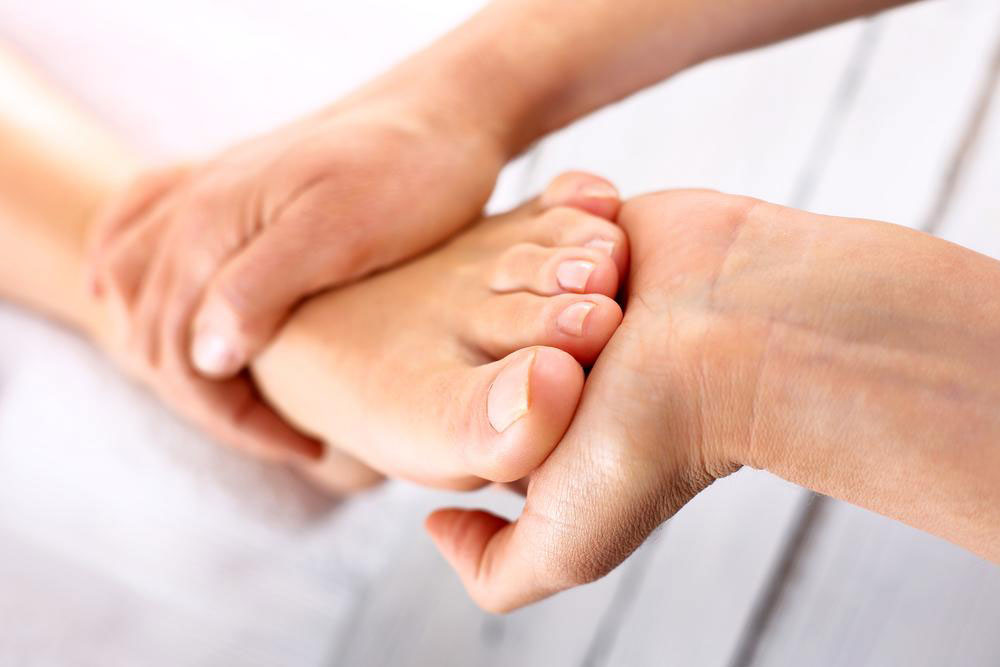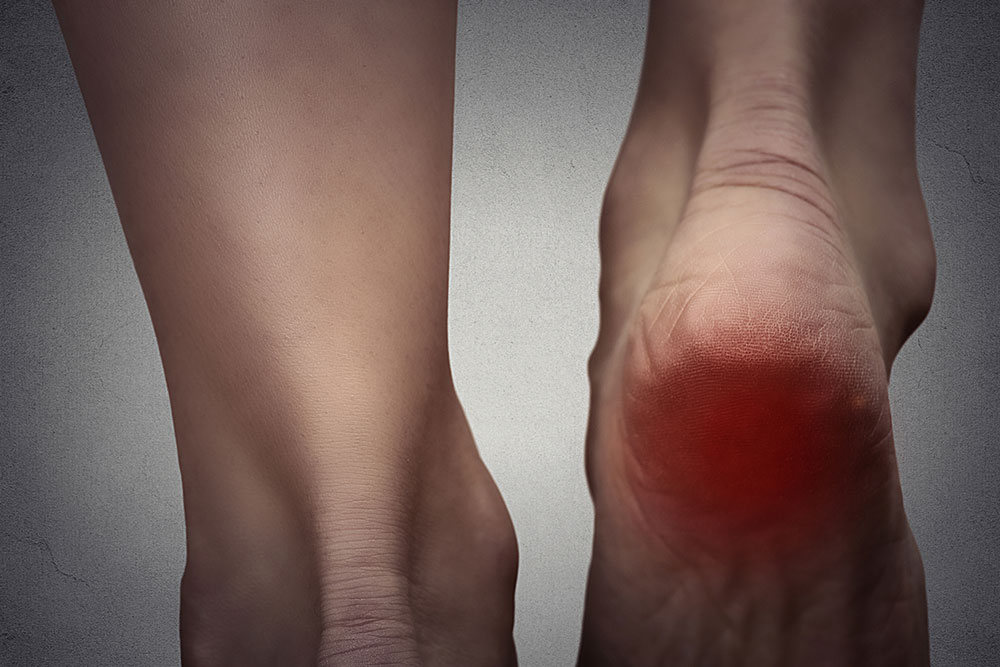Comprehensive Guide to Heel Pain: Causes, Symptoms, and Treatment Options
Heel discomfort affects many, caused by issues like plantar fasciitis, Achilles tendinitis, and heel spurs. Recognizing symptoms early and adopting proper treatment, including footwear support and stretching, can alleviate pain. Preventive lifestyle habits are vital for maintaining healthy heels and preventing chronic discomfort. This comprehensive guide details causes, symptoms, treatment options, and prevention tips to ensure foot health.
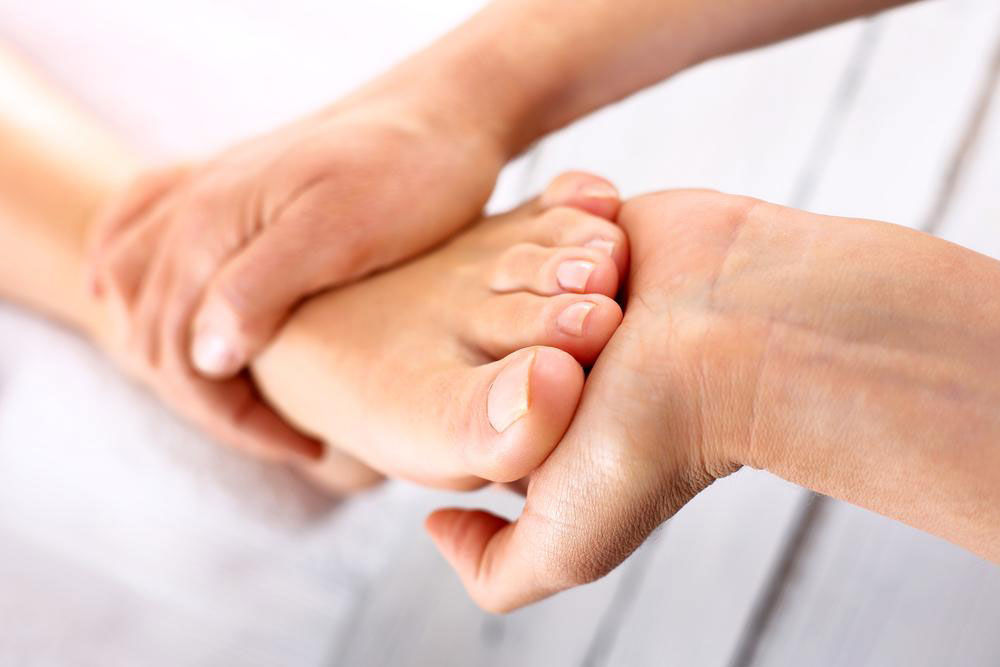
Comprehensive Guide to Heel Pain: Causes, Symptoms, and Treatment Options
Heel pain is a prevalent problem that affects individuals across various age groups and lifestyles. Whether you're an athlete, a person who stands for long hours, or someone dealing with age-related changes, heel discomfort can significantly impact daily activities and overall quality of life. Recognizing the causes and symptoms of heel pain is essential for effective management and early intervention.
The heel, known scientifically as the calcaneus, is the largest bone in the foot and serves as a critical weight-bearing structure. It also acts as a shock absorber during walking, running, and other physical activities. Due to its key functional role, any damage or strain can lead to discomfort or injury.
Heel discomfort usually develops gradually and may become a recurring problem if left untreated. It often presents as pain located beneath the heel, particularly near the bottom of the foot. This pain can be sharp, dull, throbbing, or aching, depending on the underlying issue. Various factors contribute to heel pain, including mechanical stress, footwear choices, age-related changes, and certain medical conditions.
Common Causes of Heel Pain
Plantar Fasciitis: This is the most prevalent cause of heel pain, involving inflammation of the plantar fascia—the thick band of tissue running from the heel to the toes. Excessive strain, overuse, or improper footwear often lead to this condition.
Achilles Tendinitis: Involving inflammation of the Achilles tendon, this condition causes pain at the back of the heel, especially after physical activity.
Heel Spurs: Bony growths that develop on the underside of the heel bone, often associated with plantar fasciitis, can irritate surrounding tissues and cause persistent pain.
Stress Fractures: Small cracks in the heel bone caused by repetitive stress or overuse, common among athletes involved in high-impact sports.
Arthritis: Conditions like osteoarthritis or rheumatoid arthritis can affect the heel joint, resulting in pain, swelling, and stiffness.
Recognizing the Symptoms
Symptoms of heel pain can vary depending on the cause but generally include:
Gradual or sudden onset of pain beneath the heel
Discomfort that worsens after prolonged rest or inactivity
Pain that improves temporarily with movement but intensifies later in the day
Swelling, tenderness, or redness in severe cases
Difficulty standing or walking comfortably
In some cases, symptoms may be accompanied by numbness, tingling sensations, or heat around the heel area, signaling a more serious issue that requires prompt medical attention.
When to Seek Medical Attention
If heel pain persists for more than a week, worsens over time, or is accompanied by other symptoms such as swelling, redness, warmth, or difficulty moving, it is crucial to consult a healthcare professional. Severe heel pain with fever or significant swelling may indicate infection or other serious conditions requiring immediate care.
Effective Treatment and Prevention Strategies
Managing heel pain involves a combination of self-care measures, physical therapy, medication, or, in some cases, surgical intervention. Some common approaches include:
Rest and Ice: Resting the foot and applying ice can reduce inflammation and alleviate pain.
Proper Footwear: Wearing supportive shoes that fit well and provide adequate arch support helps prevent and reduce heel discomfort. Avoiding flat or unsupportive footwear like flip-flops is recommended.
Stretching and Strengthening Exercises: Regular stretching of the Achilles tendon and plantar fascia can improve flexibility and reduce strain.
Orthotics: Custom or over-the-counter shoe inserts can provide additional support and distribute pressure evenly across the foot.
Medications: Non-steroidal anti-inflammatory drugs (NSAIDs) may be used to manage pain and inflammation.
Physical Therapy: Techniques like ultrasound therapy, manual therapy, or specialized exercises can help recover from injuries and prevent recurrence.
Surgical Options: In persistent or severe cases that do not respond to conservative treatment, surgical intervention may be necessary to remove bone spurs or repair damaged tissues.
Important Lifestyle Tips to Prevent Heel Pain
Prevention is key to maintaining healthy heels. Some practical tips include:
Maintaining a healthy weight to minimize stress on the heels
Choosing supportive footwear suitable for your activity and foot type
Warming up properly before engaging in physical activities
Incorporating regular stretching routines for foot and calf muscles
Avoiding overuse by gradually increasing activity intensity and duration
In conclusion, heel pain is a common condition with various potential causes. By understanding the symptoms and seeking timely treatment, individuals can effectively manage and prevent this discomfort. Maintaining good foot care and choosing appropriate footwear are essential steps toward healthy heels and comfortable mobility.
